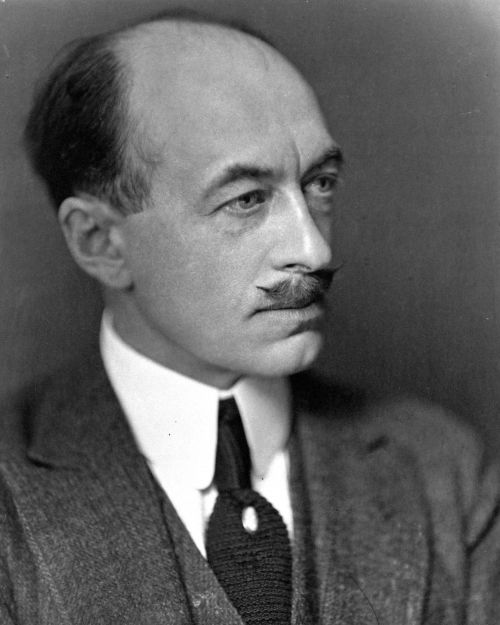Many well-read Québécois converge on the new capital, eager to recreate institutions for exchange and debate such as the Institut canadien-français, the Société des Dix, or the Club littéraire canadien-français. It is in these nascent cultural institutions, as well as in the University of Ottawa, that a distinctive Ottawa literature is born, different from that of Québec or Montréal. At the time, it becomes a eulogist of the homeland.
Literary activity in Ottawa emerges from poetry. Arriving in the region in 1866, Benjamin Sulte publishes his first collection of poems, Les Laurentiennes, in 1870, followed by Chants nouveaux ten years later. In 1867, on the shores of Lake Ontario, he writes his poem “L’Histoire,” expressing deep anxiety about the future of his countrymen.
Children, you walk without a compass,
Who will show you the route of the ancestors?
Surrounded by dangers, your only comfort is hope;
The past would be a better teacher.1
The work of William Chapman is equally engaged. The three collections of poems he publishes after his arrival in Ottawa – Les aspirations (1904), Les rayons du Nord (1909) and Les fleurs de givre (1912) – are inspired by his love for the homeland. His poem “Notre langue” is a vibrant plea for the French language.
Another great poet from Ottawa, Jules Tremblay, initially known for his flowery universalist poetry, also extols what he calls “l’idée française” in the preface to Aromes du terroir (1918). An ardent defender of the Franco-Ontarian cause, he questions the meaning of its struggles in Du crépuscule aux aubes (1917).
History and traditions are also featured in novels, tales and short stories. The past inspires playwright Régis Roy to try his hand at novel-writing in Le cadet de la Vérendrye ou Le trésor des montagnes de roches (1897), Le secret de l’amulette (1926), and La main de fer (1931). Rodolphe Girard’s Contes de chez nous, published in 1912, bears witness to the same historical consciousness. Seeking refuge in Ottawa after his novel Marie Calumet (1904) is condemned by Montréal clergy, Girard spends more than 35 years here, publishing numerous works.
But it is probably biographical writing that provides patriotism of the time with its most secure literary anchor. A good example is the portraits of Canadian politicians drawn up by the general librarian of the Library of Parliament, Alfred Duclos DeCelles. This renowned intellectual avails himself of the archives at his disposal to write impressive biographies of Louis-Joseph Papineau (1905), Louis-Hippolyte Lafontaine (1907), George-Étienne Cartier (1907) and, later, Wilfrid Laurier (1920). If there is any doubt that these Francophones are significant men, they become, under DeCelles’s pen, exceptional figures through their deep commitment to the nation. More than just simple biographies, these works pay tribute to the community to which the historical figures belong, to its dreams and ambitions, thwarted by the push and shove of history. DeCelles himself describes his work as “restorative justice.”2
1 Benjamin Sulte, Les Laurentiennes, Montréal, Eusèbe Sénécal, 1870, p. 129 (translated from the original).
2 Alfred DeCelles, Lafontaine et son temps, Montréal, Beauchemin, Cadieux et Derome, p. 19 (translated from the original).
Jules Tremblay, poet, historian, author, chief translator in the House of Commons, and founder of La Justice newspaper [ca. 1915].
University of Ottawa, CRCCF, Fonds Jules-Tremblay (P58), Ph151-1.




